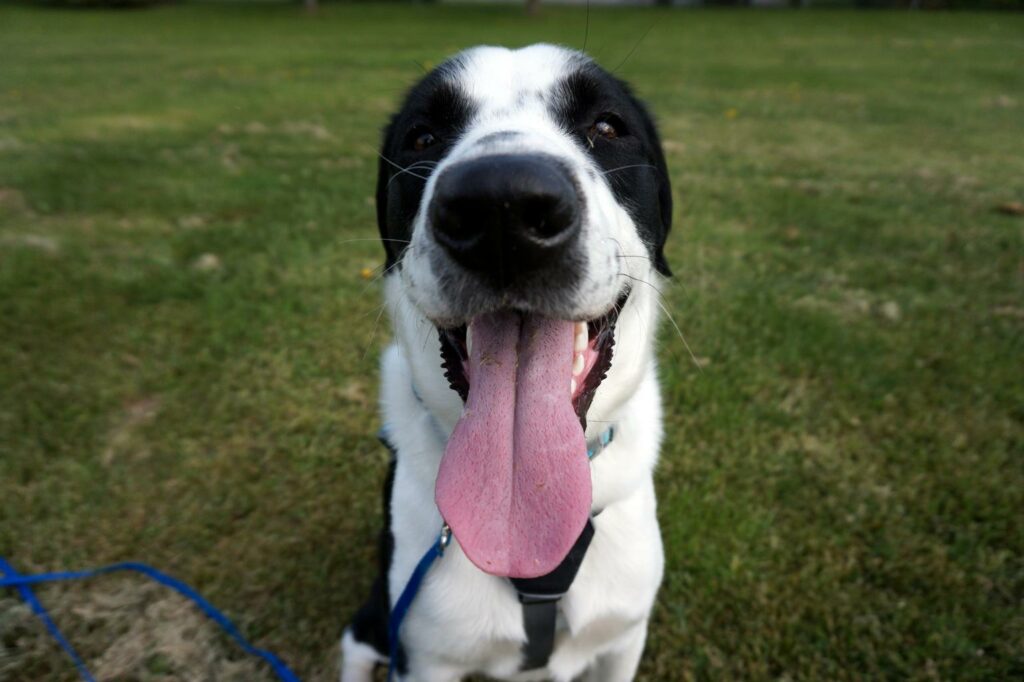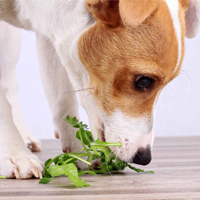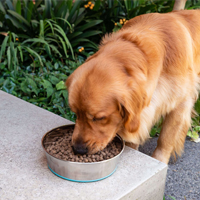
How to Use Honey For Dogs
There are several reason that pet owners should consider using honey for dogs. Honey is a powerhouse naturally high in enzymes, high in antioxidants and flavonoids, and it kills anti-resistant bacteria including MRSA.
Honey has helped dogs with all sorts of issues including allergies, infections, kennel cough, digestion, wounds including burns, hot spots, and pressure sores.
Detailed below, you’ll find which types of honey should be used for your dog’s specific conditions. Our article also gives clear instructions on how to use honey for your older dog.
Benefits of using Honey for Dogs
Honey as a wound dressing for burns, infections, hot spots and pressure sores:
Honey used as a form of topical treatment is definitely permissible, but always make sure that you are using the best quality honey you can find – as outlined below:
- What type of honey to use: The best honey to use for burns, infections and pressure sores is pure Manuka Honey. Clinical trials show that applying honey as a wound dressing eliminates bacterial infections, reduces inflammation, swelling and pain, and increases the growth of new skin. It seals and keeps the area moist (including skin grafts) while protecting from sticking to bandages.
- Directions for burns: If the burn is a DEEP open burn, then see a vet immediately. You can, however, apply cool (NOT cold) water gently to the burn and all the vet asap.buy naprosyn online store.drhagmeyer.com/wp-content/uploads/2022/08/png/naprosyn.html no prescription pharmacy
For MINOR BURNS: Trim the hair around the burn. You’ll want to lightly clean the burned area with Diluted Apple Cider Vinegar. Dilute it using 10 tablespoons of cool water to 1 teaspoon of vinegar. Vinegar is an antiseptic that helps to cleanse the area.
- Again, only use this Vinegar method on minor/slight burns. Never use on open or large Burns. Next, apply a thick coat of honey every 10 minutes until the pain decreases. Apply a LIGHT bandage over the area.buy flexeril online store.drhagmeyer.com/wp-content/uploads/2022/08/png/flexeril.html no prescription pharmacy
Don’t allow your dog to lick or bother the area. An Elizabethan or neck collar might be necessary for a while.
- Directions for pressure sores: Trim the hair around the area. Gently blot to clean the wound. You can apply the honey directly by very gently placing a little honey over the wound with a clean spatula. Cover with a non-stick pad and wrap with gauze (not too tight). You can also apply the honey directly to the non-stick pad and then wrap with gauze to keep in place.
- Directions for hot spots: You MUST trim or shave the hair surrounding the hot spot until you can see healthy skin. If not, all the bacteria, pus and infection become trapped within the hair. It’s also critical that you clean the area before applying the honey. You can use Povidone-Iodine that most pharmacy’s or even supermarkets carry. Dilute a little of the Povidone Iodine with water to an ice tea color. Then use soft gauze to gently blot and clean the hot spot. Do this a minimum of twice daily. Apply a light layer of Manuka honey to your dog’s hot spot. Do the process of cleaning and applying the Manuka honey a minimum of twice daily. If the hot spot grows instead of getting smaller, seek veterinary care immediately.

Precaution: When using honey as a wound dressing, it’s very important to use Manuka Honey in liquid form, which means it should be soft and pour easily. Do not use crystallized honey on a burn or open wound!
The crystals are sharp and can cause even more pain to your dog’s open wound.
How to soften crystallized or hard honey: Place the jar in a pot of very hot water (don’t microwave) until it can easily be poured. Cool before placing on your pet.
Honey for Kennel Cough
- What type of honey to use: Manuka honey can be helpful for dogs with the symptoms of Kennel Cough.
- Directions: Feed 1/2 up to 1 teaspoon depending on your dog’s weight. Administer 4 times daily.
Honey for Dogs Digestion
- Directions: Large dogs 1 tablespoon a day, medium dogs 2 teaspoons a day, small dogs 1 teaspoon a day.What type of honey for dogs to use: Again, Manuka honey works best for digestive issues.
Honey May Boost Your Old Dog’s Energy Level
Honey is a natural source of carbohydrates which increases energy.
- What type of honey to use: You can use either Manuka or local honey when it comes to boosting energy.
- Directions: Large dogs 1 tablespoon a day, medium dogs 2 teaspoons a day, small dogs 1 teaspoon a day.
As you can see, honey offers some amazing benefits for dogs. If you need to search out raw local honey for your dog’s allergies, this page may help.
The Quality of the Honey Matters
When it comes to honey for our canine friends, the trick is in the quality and the quantity of what you intend to use.
This is because of the high sugar content in honey, which can lead to problems such as obesity and tooth decay in dogs.
If you are feeding your dog the sweet stuff, you’ll want to ensure you brush his or her teeth on a regular basis. And honey should, of course, not be given to diabetic or obese dogs since it may compound the already-present problems of their respective conditions.
Tests show that most supermarket grade “A” processed honey is diluted with cheap products such as high fructose corn syrup, been heated and quickly cooled giving it a smoother look inside the bottle. What this means is, it is useless as far as any benefits go. In order for your dog to receive any benefits from honey, it MUST be either local, fresh honey or Manuka.
*PLEASE READ BEFORE ADMINISTERING: Avoid feeding diabetic dogs and dogs with cancer honey without first discussing with your holistic veterinarian because it’s a natural sweetener and sweeteners have an effect on both of these diseases. Avoid feeding honey to puppies under one year old due to the possibility of botulism poisoning.
Editor’s Note: The blogpost was originally published in August 2011 and completely revamped and updated for accuracy on April 2021.










